You have no items in your shopping cart.
Do you have a project in mind but have no idea where to start? Let us help you. One of the first things you will want to do is decide what kind of fiberglass you want to use. Do you need to build up thickness fast? Are you concerned about strength? Do you have tight corners you are working with? Let us break things down a bit to help you decide if fiberglass cloth is right for your project or if you are needing chopped strand mat. Keep in mind that you can actually use both together to achieve your desired outcome. Below is an overview.
Fiberglass Cloth

(Plain weave fiberglass cloth)
Fiberglass Cloth is a woven fabric. Plain, 4 harness satin and 8 harness satin are the weave styles we carry. The 4, 6 and 10 ounce plain weave fabrics are the most commonly used. In this simple plain weave pattern, warp and fill yarns are interlaced over and under each other in alternating fashion. The plain weave is the easiest to handle since it does not unravel as much as the other weaves when cut.

In the four-harness satin weave pattern there is a three by one interfacing where a filling yarn floats over three warp yarns and under one.

The eight harness satin is similar to the four harness satin except that one filling yarn floats over seven warp yarns and under one. The satin weaves are slightly stronger and more pliable than the plain weave and are easier to conform to curved surfaces. They are more difficult to handle than the plain weave, though. Use fiberglass cloth when you are looking to create a strong, light weight product.

Chopped Strand Mat
Chopped Strand Mat (also known as fiberglass mat) has short strands of fibers held together with a resin binder. The fibers are randomly oriented. Mat is only compatible with polyester and vinyl ester resin. When resin is added to the mat, the binder dissolves and the fibers can be moved around. It is easier to conform mat to tight curves and corners than it is with weaved fabric. The reason chopped strand mat is not compatible with epoxy resin is because the binder holding the fibers together needs styrene to properly dissolve. Polyester and vinyl ester resins have styrene in them. (There are some places that sell chopped strand mat that is compatible with epoxy but it is hard to come by and much more expensive). Chopped strand mat is the least expensive fiberglass and is often used in mold construction or projects where thickness is needed. Mat is often used as the first layer (before the gelcoat) in a laminate to prevent print through. Print through is when the fabric weave texture shows through the resin. Chopped Strand mat does not have much strength. If you need strength you should choose a woven cloth or you could mix the two. Mat can be used between layers of woven fabric to help build thickness quickly and aid in all layers bonding well together.
If you have any questions feel free to comment. We will do our best to reply with an answer. Or, you can visit our website Fiberglass Warehouse for more information.
For more detailed information on each fiberglass cloth we carry, you can CLICK HERE.
comments (50)
-

-
 Finn Stentiford
Finn StentifordHi,
I’m planning on making a group c prototype race car.
I was wondering what fiberglass I should use for the body.
How many layers and the order of the layers.
I’m basing the car off of the Porsche 962 if that helps.
It has to be strong enough to resist deforming in a light impact (50mph would be ideal but I can live with 30mph) don’t worry about hard impacts as there will be a tube chassis beneath.
Thanks.REPLY from fgwarehouse: Hello, this is a hard question to answer. I really don’t know what would be needed. Do you have a body that you can go measure thicknesses? I could take a guess from that.
-
 Gary Ippolito
Gary IppolitoHi,
I need to attach a fiberglass reinforced polyester fender to a bumper of the same material. There are no mounting flanges so it will have to be a seam where the edges butt together. I’m thinking of backing the joint with several layers of polyester resin and cloth. I’m assuming that it would be stronger than using just matt or would you layer the two types?
Thanks!REPLY from fgwarehouse: I would use epoxy instead of polyester. It bonds better to polyester than polyester bonds to polyester. And cloth would be stronger. Use the 4:1 epoxy. Let me know if you have any more questions.
-
 Ratty
RattyI am looking to build a custom hard top for a van out of wood and was thinking about covering it in fiberglass. I would occasionally need to get on the roof but it wouldn’t be a usual occurrence. The frame will be 2×4 with plywood sheeting so strength is not an issue. The total dimensions would be about 13′ long by 4′ wide by 3′ tall. I would like to paint the fiberglass and then install some 1×4s on the sides with screws. So a couple questions. What fiberglass and resin should I use to make it somewhat smooth and have it be waterproof (Usual rain that a house would see and occasional rain while driving at 55mph)? Do I need a gel coat or can I paint the fiberglass once cured? Should I fiberglass the big plywood box and then attach the 1×4s or fiberglass the whole thing even though there would be some tight corners (There will be no screw holes in the roof)? Thanks!
REPLY from fgwarehouse: You can get away with general purpose laminating resin. That is would I would use. Gel coat isn’t necessary, but you will need to put some sort of waxed top coat over the GP resin. Either add wax to the GP resin and apply as a top coat, or coat with waxed gel coat. As far as fabric. I would probably do a layer of chopped strand mat, then a layer of 4 oz cloth. The 4 oz is very smooth. As far as the 1×4’s, it is up to you how to do them. Either way will work. IF you can inbed them in the fiberglass, it would probably be better.
-
 Alec
AlecI’m working on recreating a 70’s skateboard using a mold and compression. The skateboard is 27” in length and 6.5” wide. The board is about 10mm thick. I need strength but also flex. What would be the best solution? Again I need it to be 10mm thick.
REPLY from fgwarehouse: Being that thick, you will need to experiment with they layup. Or hire an engineer to design a layup for you. I imagine you will need a lot of fiber running in the 45 and a few in the zero direction.


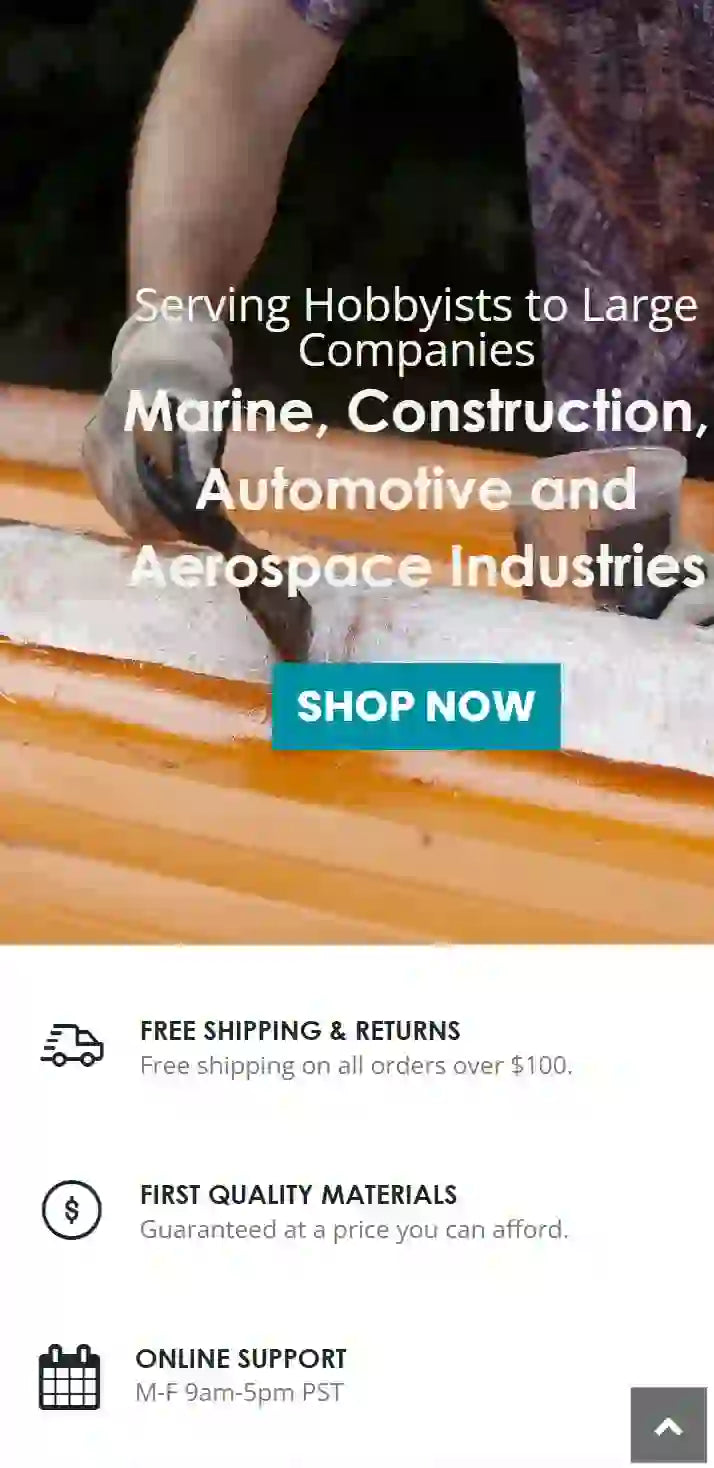

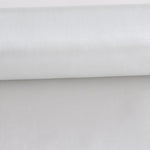
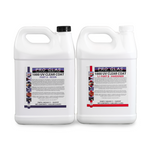

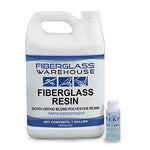

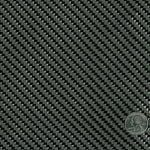

Hi, I’m going to build an aquarium cover. Size approximately 50×150×10 cm. It should be pretty strong to hold lights and it has hatches. Please advise what materials the best support my project?
REPLY from fgwarehouse: I guess it depends on how heavy the lights are and how big the hatches are. Do you have a frame or mold to work with?
REPLY from Yury: Lights are not heavy, LED. I don’t have frame or mold so far. Just started thinking what the best way to build cover/cap. I think to make styrofoam “mold” and cover it by fiberglass.